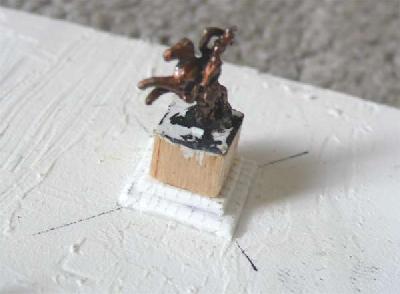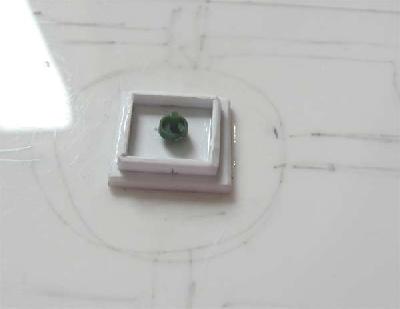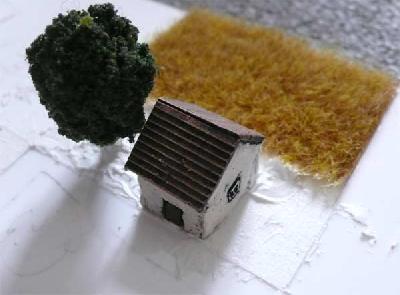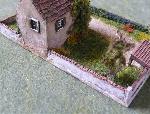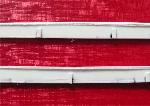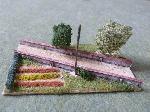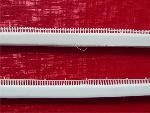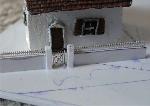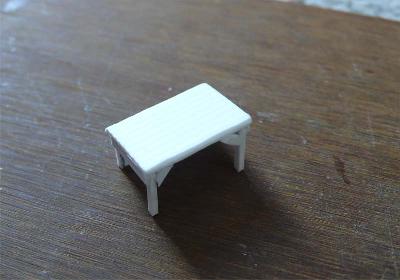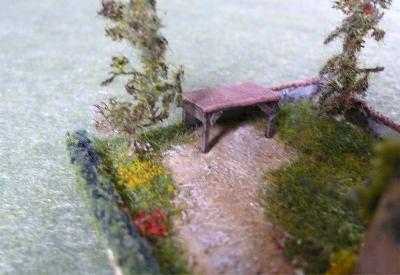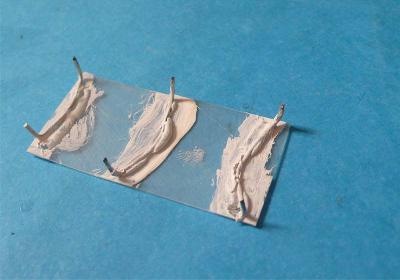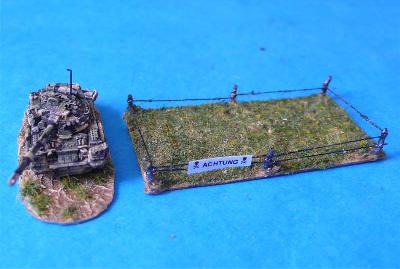Fire Station
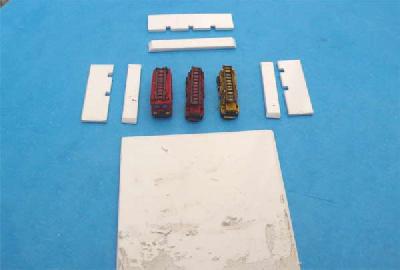

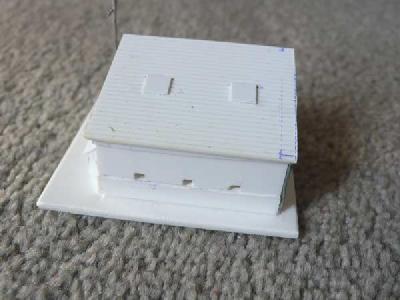
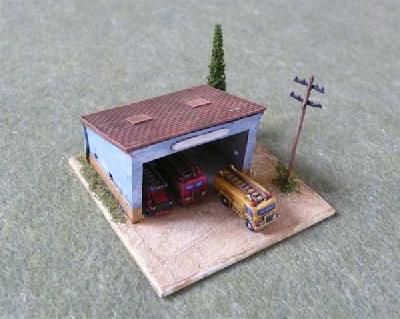
I had some fire engines from Irregular that I wanted to use so I decided to scratch build a fire station. I figured it
would be a pretty basic shape to build, and I had some spare plastic card offcuts lying around. For the building I used 0.5, 1 and 2mm
plastic with some cladding sheets for the roof. The building could also be used as a garage or a workshop.
Construction steps
The sides. I measured how much space 3 vehicles would take up and then cut out the sides and back pieces. Then realised the building was too low so I added a thicker lower section, and before I glued it all together with plastic cement, I cut out some small windows.
Next I used some 0.5mm offcuts to help reinforce the interior walls and a strip along the top to reinforce the front. The roof was made from some textured plasticard and a couple of square pieces were add (to represent skylights) and a piece of wire for a drainpipe. I wanted the fire engines to be removable so I drilled out the base and glued some rare earth magnets in there and made them flush with the floor(these match the magnets on my fire engines).
I added some detail to the base including a CNC lampost and a small side shed with some offcuts of plasticard around it. Next I used some modelling putty to fill any gaps and joins and to give the smooth plasticard some texture and then painted the building. It still looks a bit unfinished so I might add a couple of sliding doors to it.

